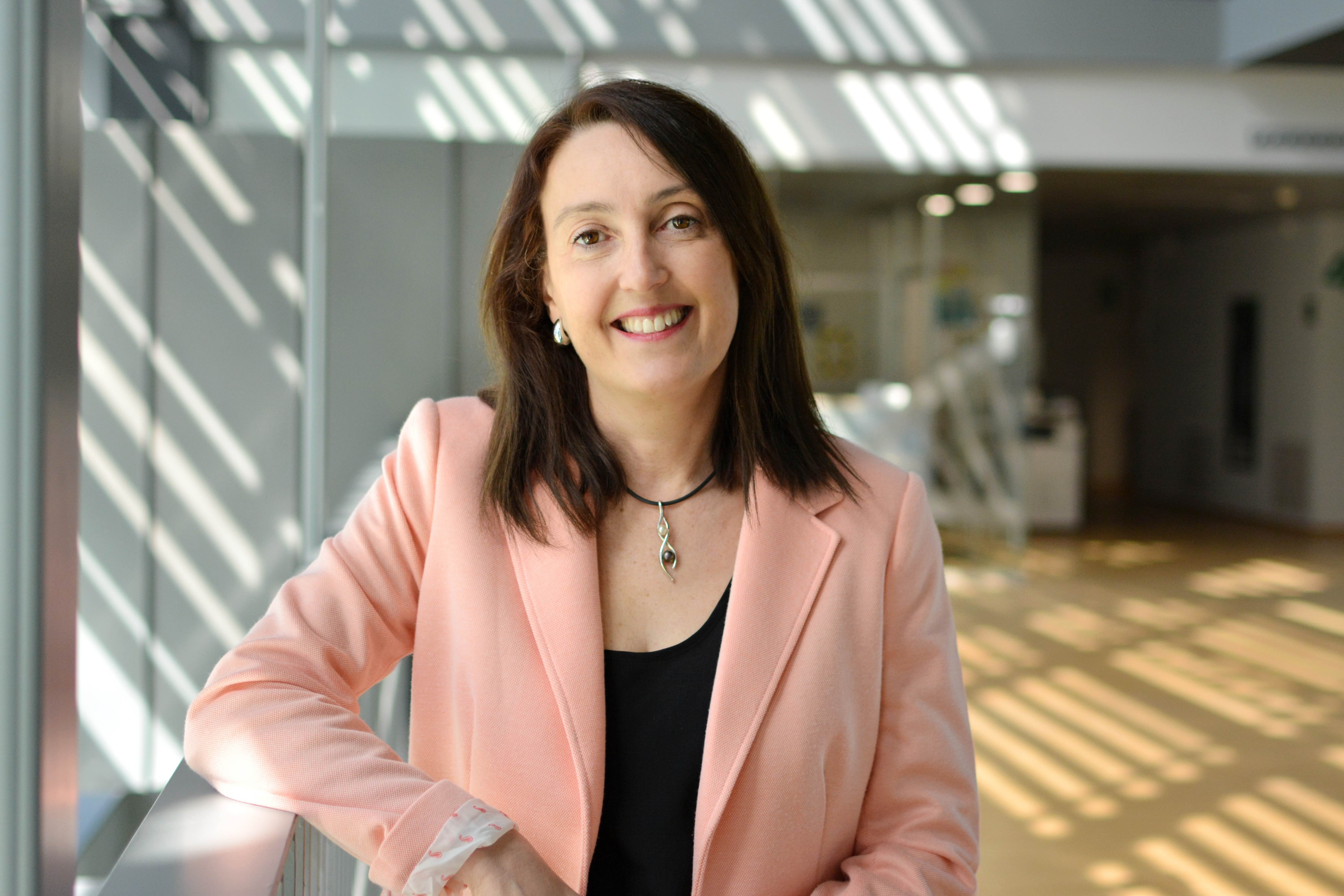
Latest information

Interview with Yolanda Prezado, CiMUS researcher at the USC
Thanks to the Oportunius program, Yolanda Prezado, PhD in Radiobiology and Medical Physics, returns to Galicia after more than 11 years to join the Center for Research in Molecular Medicine and Chronic Diseases (CiMUS) of the University of Santiago de Compostela. In this institution she will continue with the research of the PROTONMBRT project, with which she has obtained the ERC Consolidator Grant.
What motivated you to return to Galicia after more than a decade assigned to the National Center for Scientific Research (CNRS) in France?
A mixture of personal reasons and the opportunity Spain has to lead European research in proton therapy, with the ten new centers that are going to be built, one of them in Santiago de Compostela. I think it is a good time to promote translational research in the field of radiotherapy/proton therapy in Spain, which still has a lot of room for growth, compared to other areas.
How would you describe your research in radiobiology and medical physics in the context of the PROTONMBRT project?
My ERC Consolidator project, PROTONMBRT, aims to go from proof-of-concept of a new radiotherapy technique called proton mini-beam radiotherapy (PROTONMBRT), to the first phase I clinical trials.
This is a technique that I myself proposed in 2013. It consists of irradiating with a comb of submillimeter radiation beams separated by several millimeters. This results in heterogeneous radiation dose distributions in contrast to conventional radiotherapy.
PROTONMBRT has demonstrated (in small animal studies) a drastic reduction in the neurotoxicity of treatments and up to 70-80 % of cures in glioma-bearing animals without side effects. In order to develop it and bring it to patients, I proposed a project to the European Research Council, which is very interdisciplinary and combines technical aspects, such as the development of new sophisticated methods for the implementation of proton mini-beams in clinical centers, as well as radiobiology studies with the aim of understanding the differential biological mechanisms that come into play in this new technique and that explain its efficacy and reduction of harmful effects.
What attracted you to the Center for Research in Molecular Medicine and Chronic Diseases (CiMUS) at USC to continue your research?
CiMUS is an interdisciplinary institute focused on health, with very good researchers and cutting-edge platforms. We share an interdisciplinary vision and philosophy. My team brings a research topic that until now was not present at CiMUS: radiotherapy (including proton therapy). CiMUS also has a strategic location with respect to the future proton therapy center in Galicia and the other national proton therapy centers.
What impact do you hope to have on the Galician scientific community with your work at CiMUS?
I hope to be able to help create a reference research pole in the field of radiotherapy/proton therapy in Galicia, using my knowledge and experience acquired but also my international contacts.
One of my first actions in this line will be to help create a community at the local-regional level to place Galicia at the forefront of research in radiotherapy/proton therapy and radiobiology.
What role does the Oportunius Program of the Xunta de Galicia play in supporting research and the return of researchers?
The Oportunius program is an excellent instrument for attracting a certain profile of prestigious researchers (you have to have an ERC grant in progress) who do not necessarily have a university professor profile or who, even if they do, need or want to devote a greater percentage of their time to research. It is a program that offers economic conditions that are competitive or, at least, comparable with respect to the remuneration that these researchers could be receiving in their home institutions abroad, as well as flexibility, a condition that is very important for many researchers.
How do you assess the ecosystem of scientific research and innovation in Galicia?
I believe that in Galicia there are researchers and infrastructures of the highest level, highly motivated and extremely hard-working scientists. I also value very positively the efforts made in recent years to create a competitive ecosystem, bringing the academic and business world closer together, among other measures. I think it is time to start marketing our ecosystem's value and capabilities a bit more aggressively so that the community begins to understand that we have nothing to envy to other communities in many fields and that we will be even higher in others in a short period of time. I believe that Galicia must start to believe more in itself.